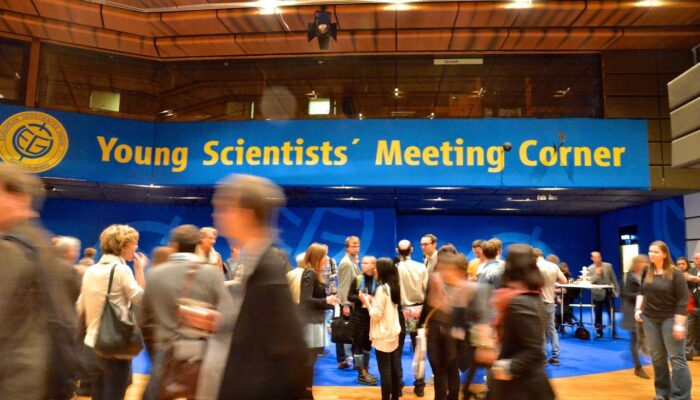Early Career Scientist representative for the Seismology Division Why not take your career one step further? The Seismology Division within the European Geosciences Union is looking for an enthusiastic person to take the role of Early Career Scientist representative for the young generation of seismologists. Making awesome science is very important, but the scientific community does not only need ...[Read More]
The publication circle
In this and upcoming posts guest writer Kathrin Spieker will share her thoughts and experience about how to improve writing skills specifically aimed for publishing in scientific journals. Kathrin is a young seismologist who has recently started publishing her research as part of her PhD study. In this little series, I will talk about the three main parts of scientific publication. The first part ...[Read More]
Listen to the hum
A new global S-wave model has recently been published in Geophysical Journal International. While this sounds exciting enough to tomographers and geodynamicists, this model has been constructed in a rather avant-garde way, too. It is one out of only two global tomographic models ever to be made based on the Earth’s background oscillations, that is long-periodic seismic noise also known as Earth’s ...[Read More]
Goodnight, sleep tight.
Is this concept bed taking earthquake-safety to the next level? The fact is that an earthquake can happen at any time of day. Unfortunately, the reality is that many die trapped under the rubble of their own homes. The featured beds (shown here via YouTube) show various earthquake-proof bed designs. The beds have strong metal structures that enclose when an earthquake strikes. In case of a buildin ...[Read More]



